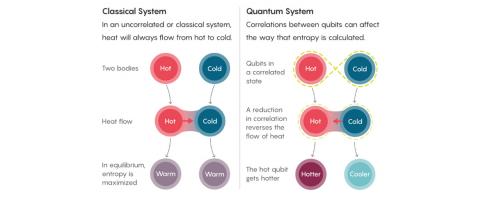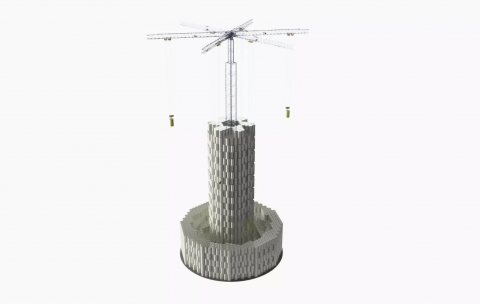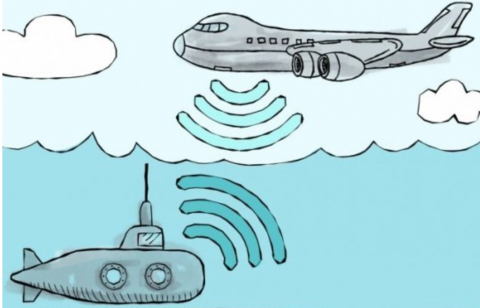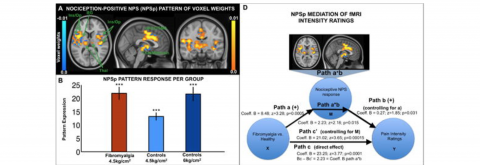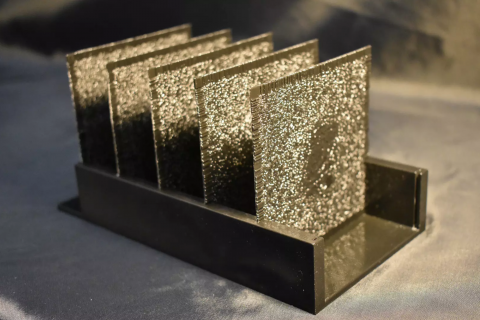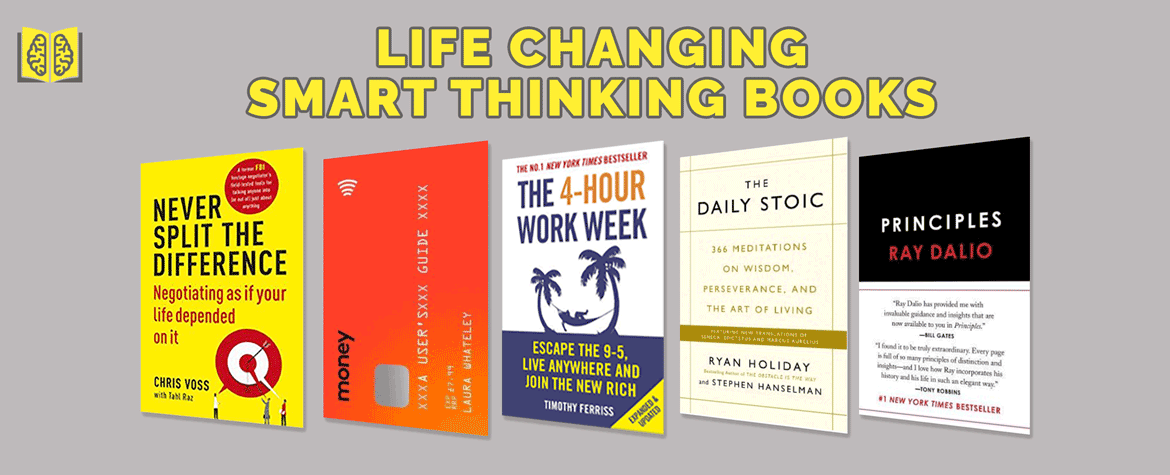IPCC Climate Change Report
We have 12 years to stop catastrophic climate change. The IPCC released their Global Warming of 1.5°C report which may well turn out to be one of the most important documents of modern times. The report describes the predicted effects of a 1.5°C increase in global temperature above the pre-industrial average versus a 2°C increase, written by 91 co-authors across 40 countries and backed by 6000 scientific references.




